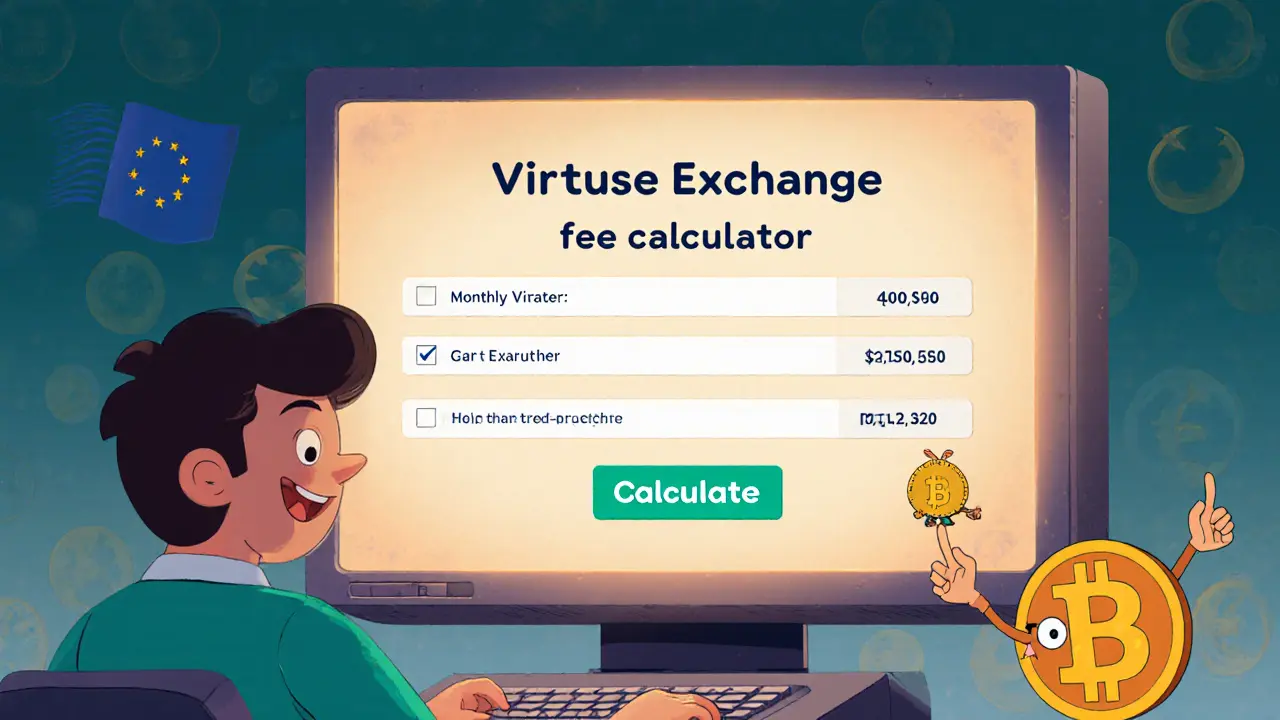Crypto Exchange Security: What You Need to Know
When talking about crypto exchange security, the set of measures that protect user funds and data on digital trading platforms. Also called exchange safety, it combines technology, policy, and user habits to stop hacks, theft, and fraud. Two‑factor authentication, an extra login step that requires something you have, like a phone code, in addition to a password is a core layer, while cold storage, offline wallets that keep private keys away from internet threats guards the bulk of assets. Regulatory compliance, adherence to laws such as AML, KYC, and the EU MiCA framework shapes how exchanges design security programs. Together they form a safety net that lets traders focus on markets instead of worrying about losing money.
The first semantic link is clear: crypto exchange security requires strong authentication methods, so two‑factor authentication becomes a non‑negotiable step for most reputable platforms. The second connection shows that cold storage protects the majority of funds by keeping them offline, reducing exposure to online attacks. Finally, regulatory compliance influences security policies because regulators often mandate audit trails, encryption standards, and capital reserves. These three pillars work together—if one fails, the whole system weakens. For example, an exchange with perfect 2FA but lax cold‑wallet management can still lose millions in a breach, while a fully compliant platform that skips 2FA leaves users vulnerable to credential stuffing attacks.
Why These Elements Matter for Every Trader
Understanding how each piece fits helps you pick safer exchanges. When you see an exchange touting "military‑grade encryption" but offering no 2FA, the missing layer is a red flag. Conversely, platforms that push 2FA and keep 95% of assets in cold storage typically have lower hack rates, as shown by several industry reports in 2023‑2024. Compliance isn’t just paperwork; it forces exchanges to undergo regular security audits, adopt transparent reporting, and maintain insurance funds that can cover user losses. That means if a breach does happen, there’s a higher chance your money is reimbursed. By evaluating these aspects—authentication, offline asset protection, and legal oversight—you can gauge an exchange’s true security posture before depositing any capital.
Below you’ll find a curated list of articles that dig deeper into each of these topics. From detailed reviews of OKX’s security features to guides on setting up cold wallets and navigating new EU MiCA rules, the posts give you actionable steps and real‑world examples. Use them to sharpen your own security habits, compare exchange offerings, and stay ahead of emerging threats as the crypto landscape evolves.
Virtuse Exchange Review 2025: Bitcoin‑Focused Platform, Fees, Security & Features
by Johnathan DeCovic May 30 2025 13 CryptocurrencyA 2025 review of Virtuse Exchange covering its Bitcoin‑focused services, security, fees, pros and cons, and who should consider using the EU‑licensed platform.
READ MORE
